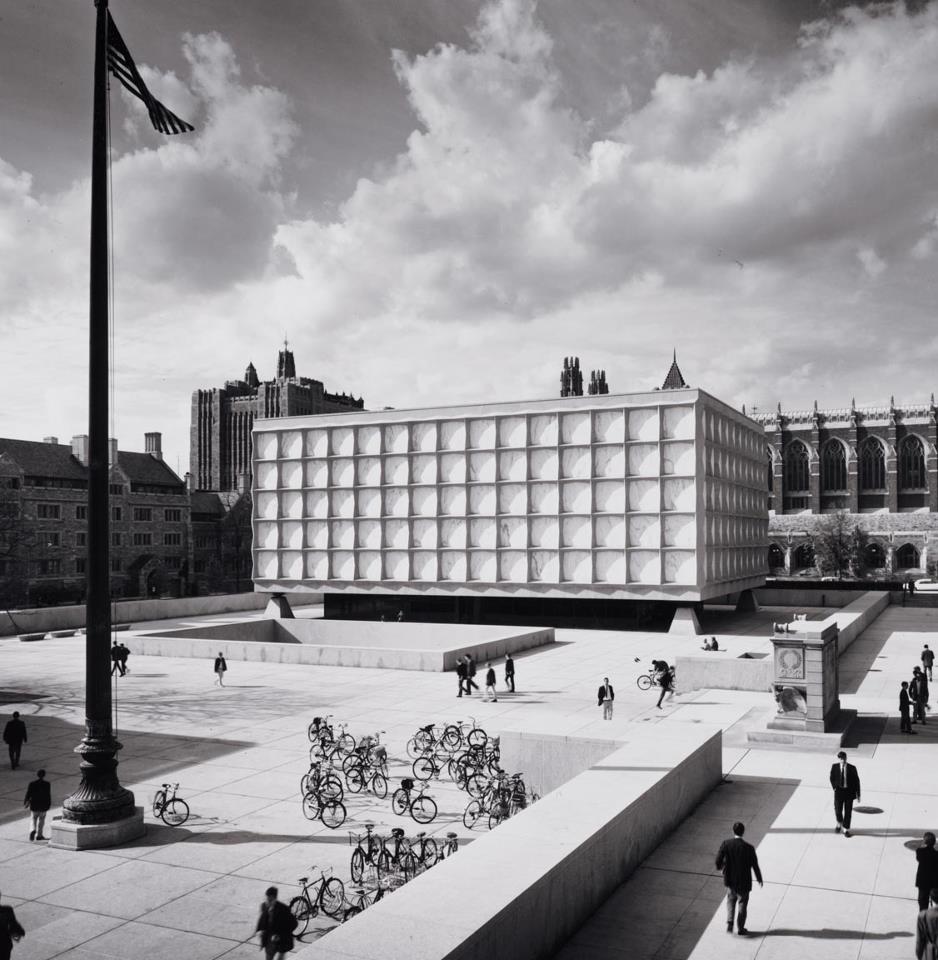The Italian Grand Tour in letters, journals, books, and prints

“A man who has not been in Italy is always conscious of an inferiority.” So said the great lexicographer Samuel Johnson, expressing a view widely held by his contemporaries. British travellers flocked to Italy throughout the 18th century, creating in the process a rich documentary record of their experiences.
The Grand Tour, an exhibition of letters, diaries, guidebooks, views, and souvenirs produced by British travellers abroad, will be on display at the Beinecke Library from January 16 until the end of March. Drawn principally from the library’s James M. and Marie-Louise Osborn Collection, the exhibition was prepared by John Marciari, a graduate student in Yale’s History of Art Department and a fellow at the American Academy in Rome. Lenders to The Grand Tour include the Yale Center for British Art and the Lewis Walpole Library in Farmington.
As defined in the Beinecke exhibition, the Grand Tour refers to travel to Italy by young British aristocrats, primarily in the 1700s. Travel was understood to be an essential part of a young man’s education, and Italy was the principal destination, not only because of its natural beauties but also because its landmarks and cities are so closely associated with Classical learning and with the history of Western art. The journey was usually made under the guidance of a British “governor” or tutor, often a penurious artist or scholar, who was responsible to the young traveller’s parents for his welfare and education, while professional guides, called ciceroni , conducted the young men to local galleries, excavations, and historical sites.
Favored destinations for the Grand Tourists included Rome, the ancient cities of Pompeii and Herculaneum (both buried when Mt. Vesuvius erupted in 79 A.D. but both partially excavated by the 18th century), and Naples. Not least among the Neapolitan attractions were the great antiquarian collections of the city’s English ambassador Sir William Hamilton and the renowned beauty of his wife, Lady Emma Hamilton, later mistress to Lord Nelson. In pictures, in print, in manuscript letters and journals, and in contemporary guidebooks, these and other marvels of the Italian tour are described in the Beinecke exhibition.
Several well-known authors are represented in the display. Joseph Addison’s Remarks on Several Parts of Italy , published in 1705, was one of the foremost guides for British travellers; Addison’s practice of comparing ruined sites with descriptions from ancient texts inspired an entire field of Grand Tour scholarship. Voltaire patiently received hundreds of English tourists as they passed through Geneva on their way to Italy, and the exhibition includes a number of his letters, written in 1773 and 1774, to Douglas George, 8th Duke of Hamilton, and his tutor Dr. John Moore.
The Grand Tour also includes the notes, letters, and sketches of dozens of lesser-known travellers, charming and instructive in the variety they bring to a highly codified itinerary–from serious young scholars following their Classical guide books, to William Beckford, who was more interested in achieving a kind of Romantic delirium than attending to Roman antiquities; from young men seeking the best dancing masters, to young women, who joined the ranks of the Grand Tourists toward the end of the era.
In addition to young aristocrats, numerous British artists visited the continent. While they often served the aristocratic travellers as guides or art dealers, their primary purpose was to learn from the model of Italian art. Among the best-known artists represented in the exhibition is Sir Joshua Reynolds, whose autograph notes (1750-52) describe his daily activities and record his impressions of various art works. The Italian sketchbooks of other artists, such as George Romney, Richard Wilson, and John Flaxman, contain drawings of Italian art and landscape in addition to notes on paintings. Oil paintings by Thomas Patch and a bust of Pope Clement XIV by the Irish sculptor Christopher Hewetson are included in the exhibition to represent the sorts of works that travelling artists sold to travelling aristocrats.
The Beinecke Library is open for exhibition viewing Monday through Friday, 8:30 until 5, and on Saturdays in January and February from 10 until 5. [The Library is closed Saturdays in January until the 17th.] The library is located in the center of the Yale University campus at 121 Wall Street in New Haven.
To mark the opening of The Grand Tour, the Yale Library Associates will sponsor a lecture by Professor Bruce Redford of Boston University. Entitled “Swagger and Seduction: Portraits from the Grand Tour,” the talk will take place on Thursday, January 15, 1998, at 4:30 p.m. at the Yale Center for British Art, 1080 Chapel Street. The lecture is free and open to the public. A reception will follow at the Beinecke Library.